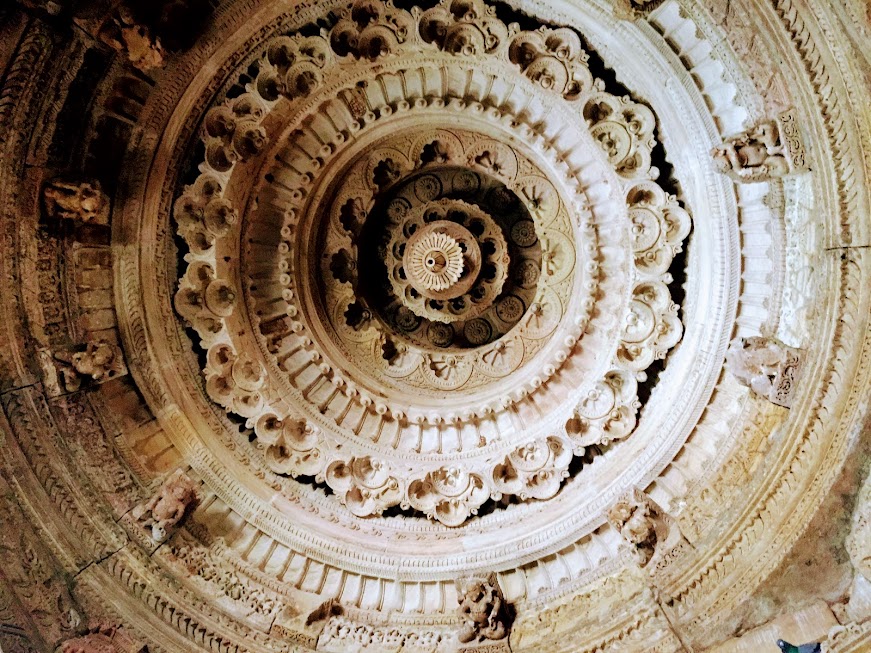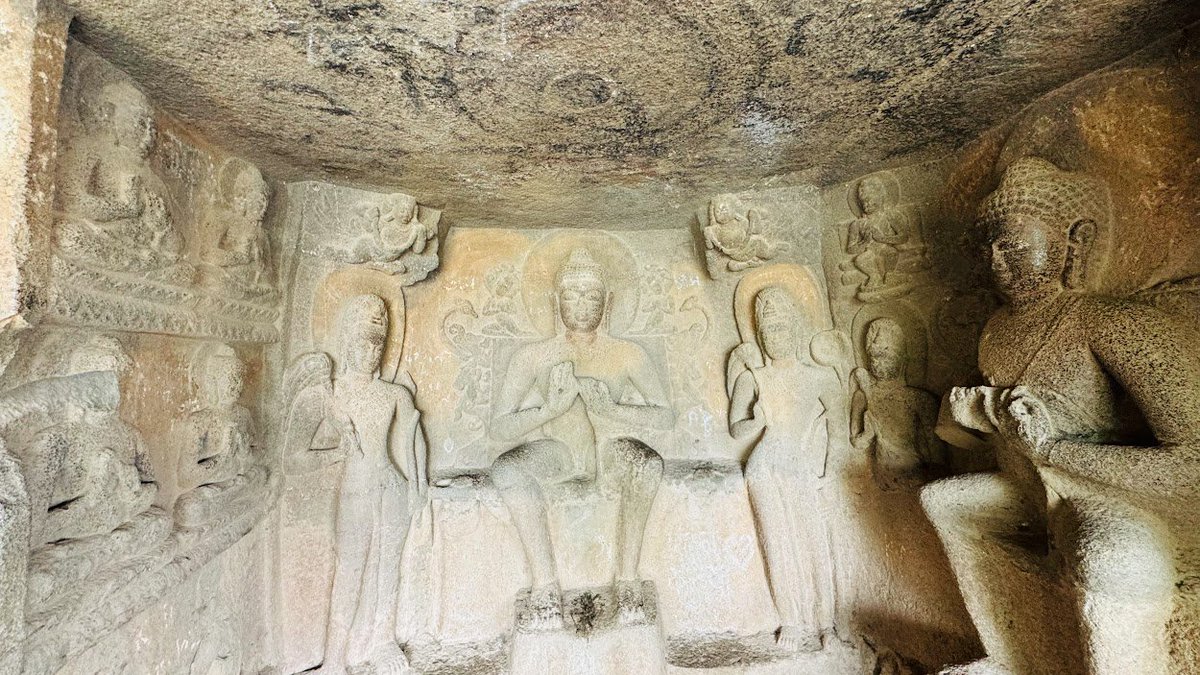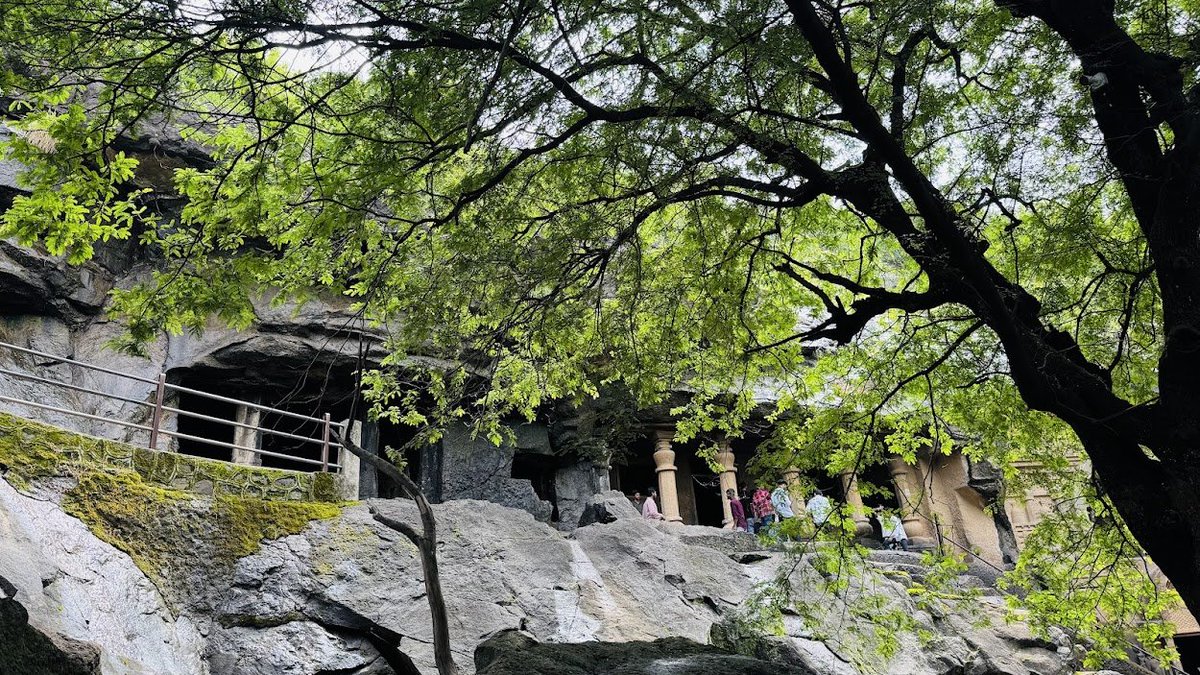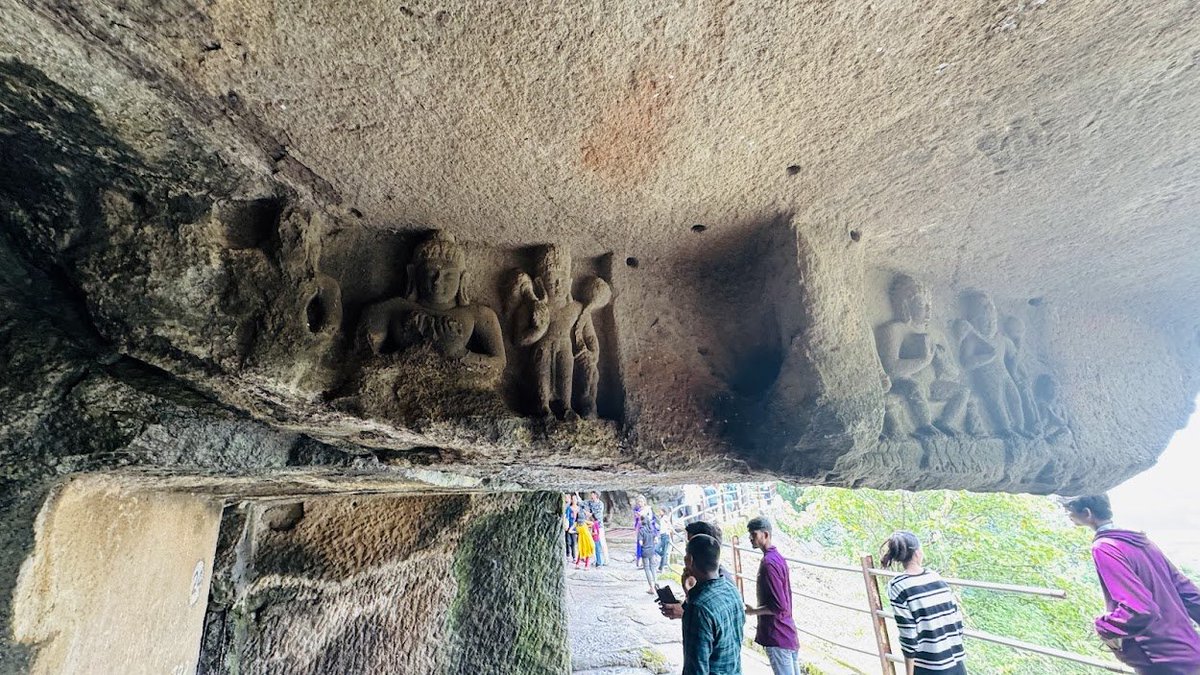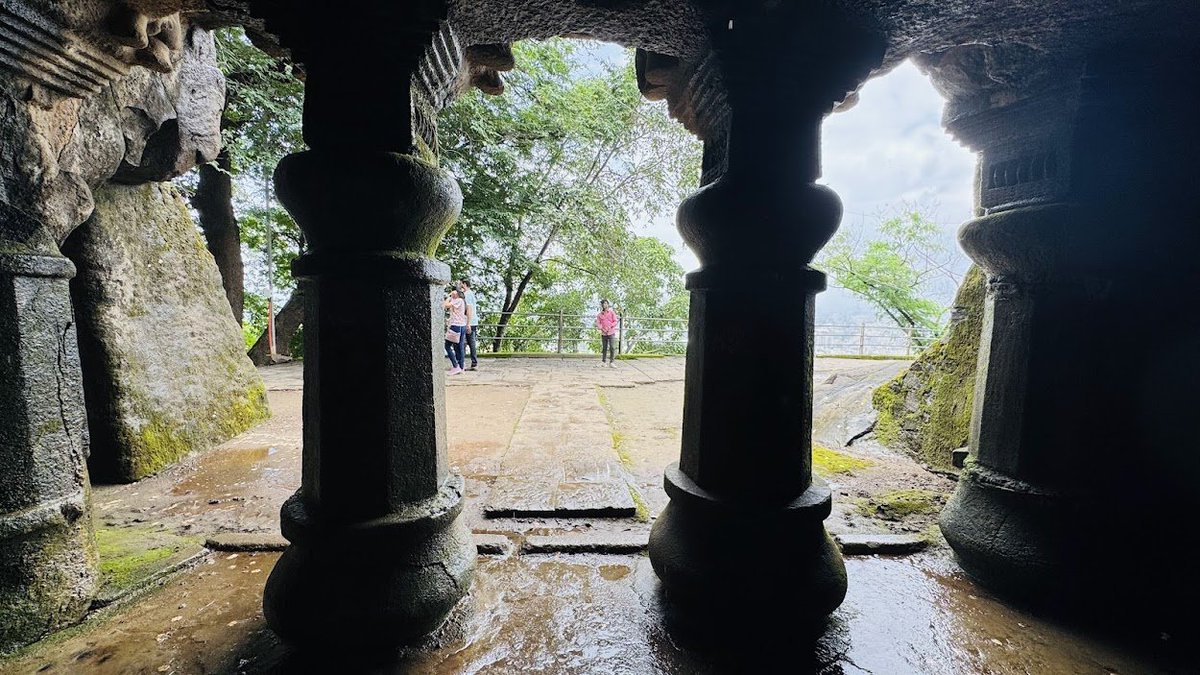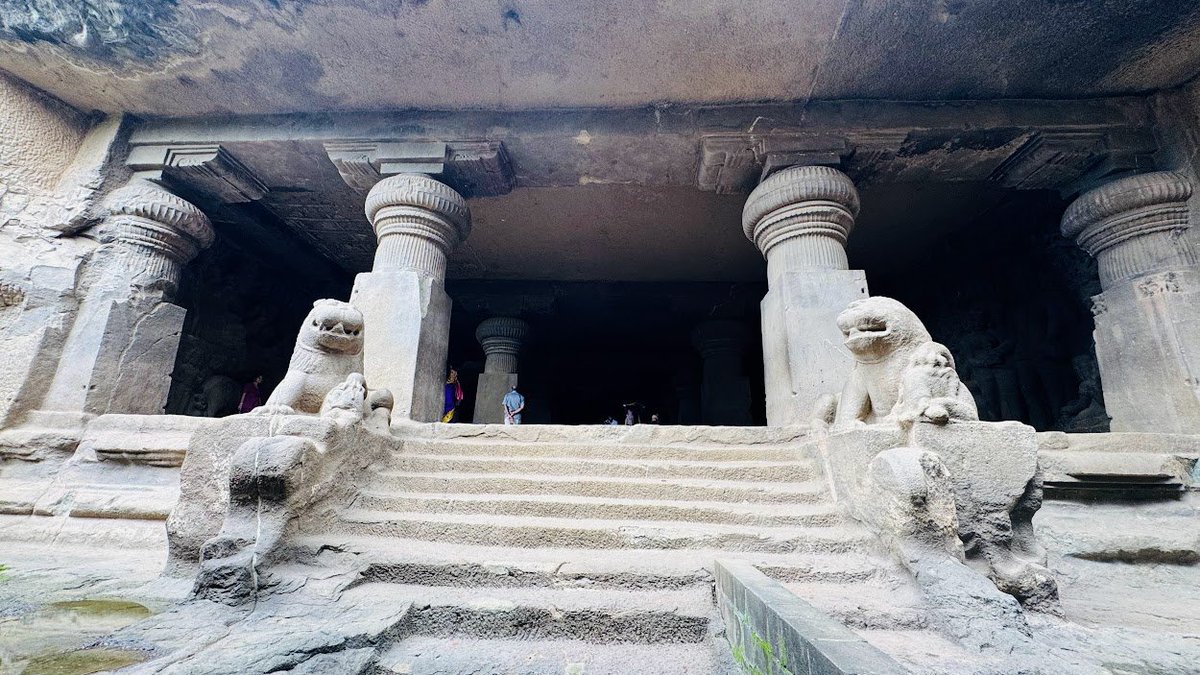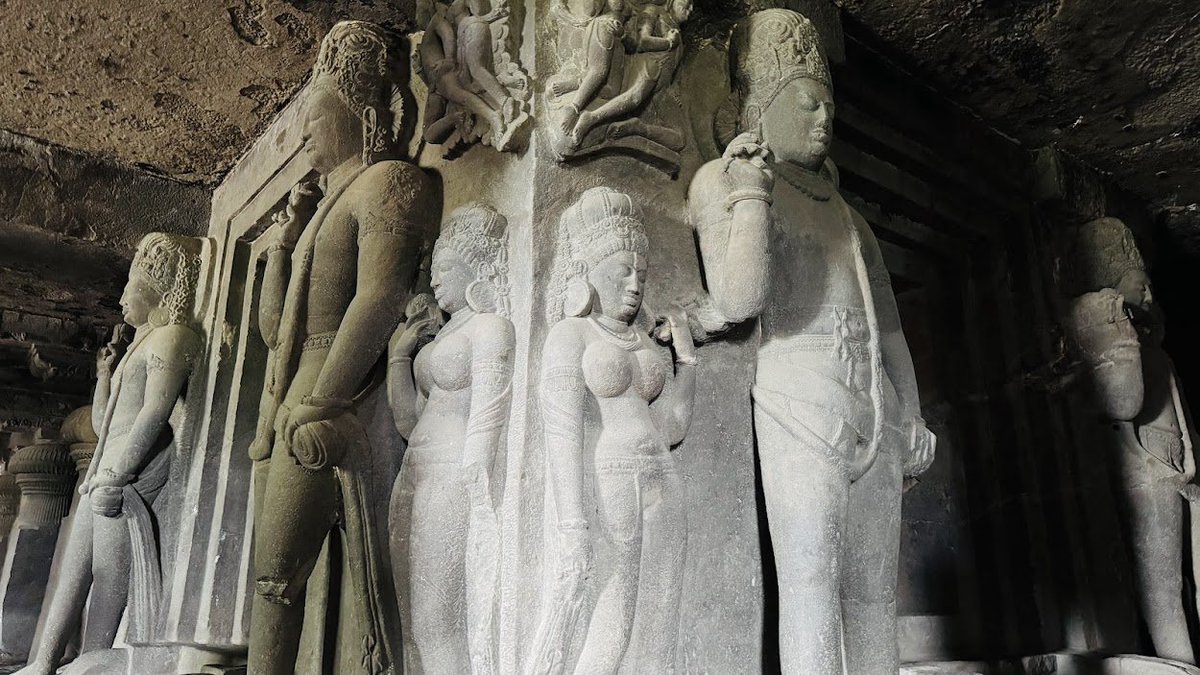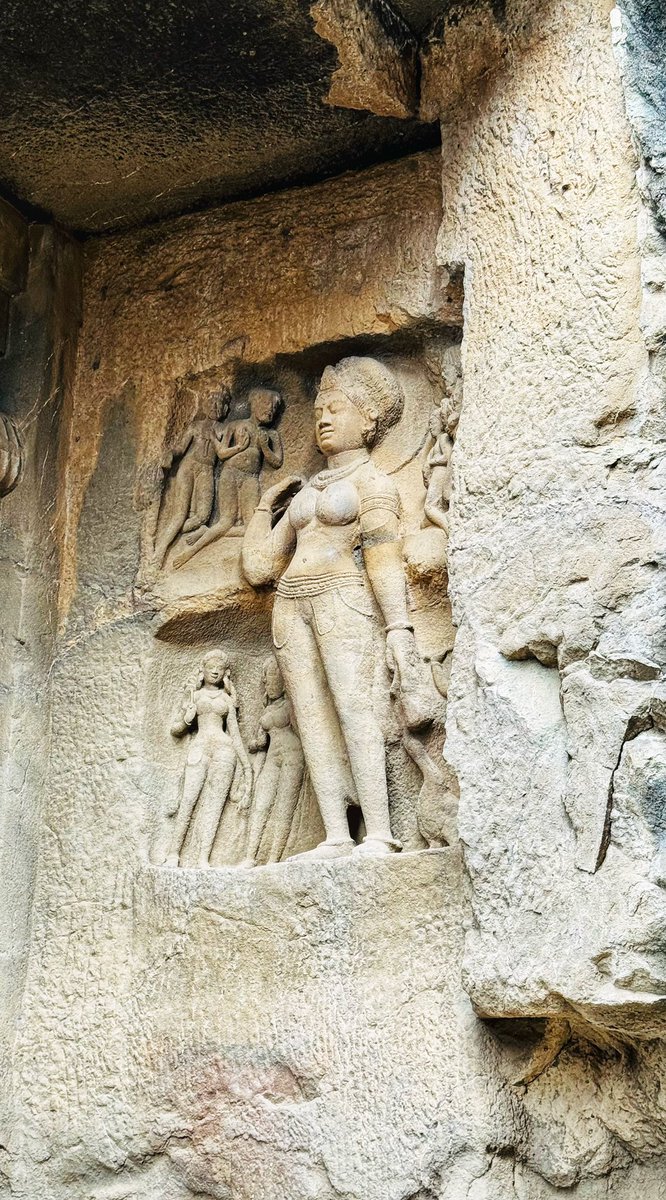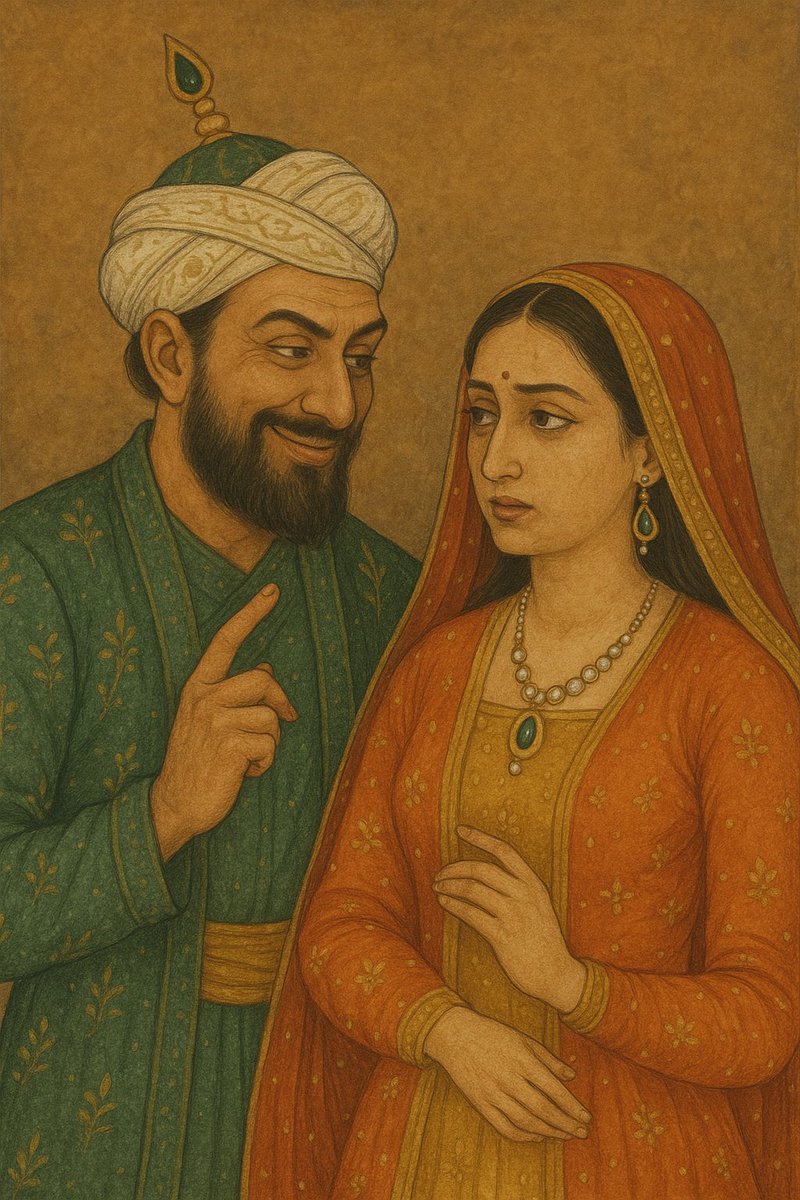#100templesofIndia
22. Modhera Sun Temple (Gujarat).
#ModheraSunTemple
Interesting facts about Modhera Sun Temple
This temple was, not only a place of worship but a complete educational centre in itself.
This is how knowledge was passed from one generation to another.
22. Modhera Sun Temple (Gujarat).
#ModheraSunTemple
Interesting facts about Modhera Sun Temple
This temple was, not only a place of worship but a complete educational centre in itself.
This is how knowledge was passed from one generation to another.
1. The entire life cycle of human life is carved, starting right from the time it is conceived with an act of intercourse to the death depicted by the last rites. 







2. Various events of Mahabharat, Ramayan, Krishna Leela & Vishnu Avatar.
3. 52 Pillars might be representing 52 weeks of the year.



3. 52 Pillars might be representing 52 weeks of the year.




4. 364 elephants and 1 lion carved out might be depicting 365 days in a year.
5. Walls depicting Solah Singhar and how women would dress up in those days, from extremely delicate jewellery to elaborate hairstyles even wearing lip colour and high heels was a norm back then.



5. Walls depicting Solah Singhar and how women would dress up in those days, from extremely delicate jewellery to elaborate hairstyles even wearing lip colour and high heels was a norm back then.

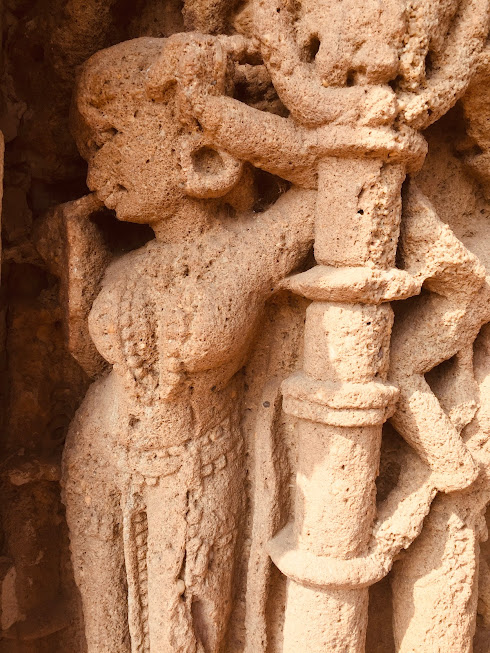


6. Walls don’t shy away from erotic art too, It is mini Khajuraho.
All the erotic art is on walls higher than 4 feet making it inaccessible for kids.
7. Many activities from the daily lives of people like hunting, and agriculture.


All the erotic art is on walls higher than 4 feet making it inaccessible for kids.
7. Many activities from the daily lives of people like hunting, and agriculture.



10. Temple passes through the Tropic of Cancer, giving us a glimpse of how evolved technologies were back then. 

11. Temple is built in a way that during the equinox(when day and night are equal in length), sun rays will fall on the diamond ornamented on the head of the Main deity Sun God, which will illuminate the entire temple with a beautiful Golden Glow.
pic - shared by our guide.

pic - shared by our guide.


13. Built using two different ways of locking systems - a male-female interlock system & rock locked with wood making it earthquake-resistant.
14. In the case of an earthquake, the structure would shake but not fall.
14. In the case of an earthquake, the structure would shake but not fall.
15. Some idols of the Sun are in Irani Style with Gumboots showing Iranian influence during that era.
16. 7 horses of the sun represent the 7 colours of the rainbow.
16. 7 horses of the sun represent the 7 colours of the rainbow.

17. The horizontal stairs in the Kund are of different heights, making it easier for Adults to walk down with their Kids so that they don’t fall down. 

• • •
Missing some Tweet in this thread? You can try to
force a refresh







